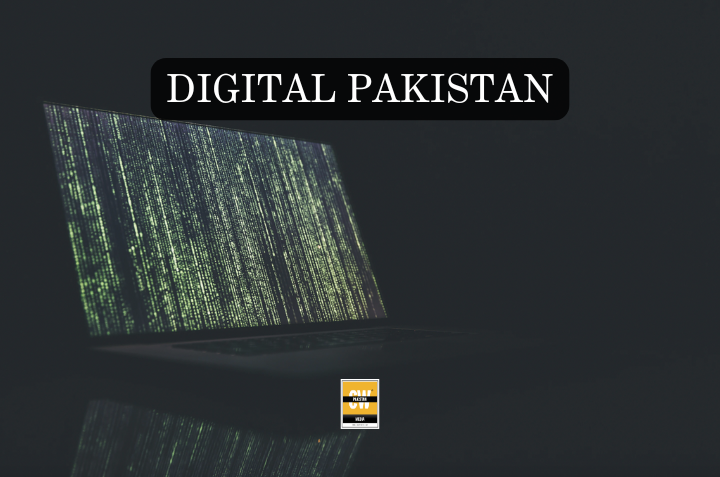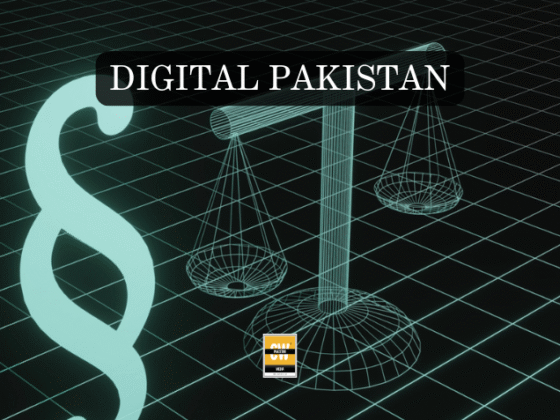In Pakistan’s economic landscape, data is meant to serve as a beacon of truth, guiding decision-making and policy direction. However, the increasing tendency to manipulate figures has transformed numbers into tools of narrative control. From GDP growth rates to trade balances, official statistics have become contested terrain where figures are used to shape public perception rather than reflect reality. The growing misrepresentation of data has now evolved into a structural issue, casting serious doubts on institutional integrity and threatening to undermine both policy formulation and public trust.
Instances of data manipulation have surfaced across multiple areas. One of the most pressing concerns lies in inflated growth narratives. Official announcements often highlight GDP expansion while concealing structural weaknesses such as unemployment and stagnating industrial output. Adjustments in base years and selective sectoral inclusion have created an image of economic resilience that does not align with on-ground realities. Similarly, discrepancies in trade reporting have drawn scrutiny, particularly after revelations of an $11 billion gap in import data due to incomplete integration between Pakistan Revenue Automation Limited (PRAL) and Pakistan Bureau of Statistics (PBS). Certain customs categories were reportedly omitted from official records, leading to distortions in trade balances and policy decisions.
The 2024 Economic Census, once hailed as a milestone, has also come under criticism for methodological shortcomings. It excluded key informal sectors including freelancers, street vendors, and small-scale service providers—segments that represent a substantial share of Pakistan’s workforce. Analysts have also highlighted issues of AI-driven misclassification and limited rural data coverage, suggesting that the findings may not accurately capture the full scope of economic activity. The opaque methodologies behind such data collection, particularly the absence of independent audits and unclear procedures for data cleaning, have compounded public skepticism. Without greater transparency, the reliability of these figures remains in question.
Several motivations underpin this culture of statistical distortion. For policymakers, economic optics are often central to maintaining legitimacy, calming markets, and meeting international expectations. Governments under fiscal stress frequently resort to presenting optimistic numbers to project stability and attract investment. This pattern has been evident in recent exchanges with the International Monetary Fund (IMF), where Pakistan resisted a technical review of a reported $30 billion trade gap. Officials have also acknowledged that tariff classifications under trade facilitation schemes were not fully integrated into PRAL systems, resulting in under-reporting that may have broader implications for tax compliance and financial transparency.
The consequences of this misrepresentation extend far beyond statistical discrepancies. Policy misalignment emerges when flawed data informs tariff structures and fiscal strategies, often worsening trade deficits instead of reducing them. Investors, wary of inconsistencies, grow increasingly reluctant to commit capital, further limiting economic growth prospects. Perhaps most damaging is the erosion of public trust; when citizens begin to doubt official numbers, governance itself loses credibility. Addressing this challenge requires more than technical fixes. It demands institutional reform, greater accountability, and public data literacy. Strengthening PBS through transparent methodologies and independent verification processes is critical. Integrating PRAL with the Pakistan Single Window can eliminate data silos, while emerging technologies like AI-driven analytics and blockchain-based reporting could enhance accuracy and traceability.
Equally important is the role of media and academia. Journalists must move beyond surface-level coverage to critically evaluate statistical practices, while research institutions can provide empirical assessments of data integrity and its policy implications. For Pakistan, rebuilding credibility in its economic data is not merely a bureaucratic exercise but a prerequisite for sound governance and sustainable growth. Numbers, when used truthfully, can guide progress; when distorted, they risk steering an entire economy astray.
Follow the SPIN IDG WhatsApp Channel for updates across the Smart Pakistan Insights Network covering all of Pakistan’s technology ecosystem.








